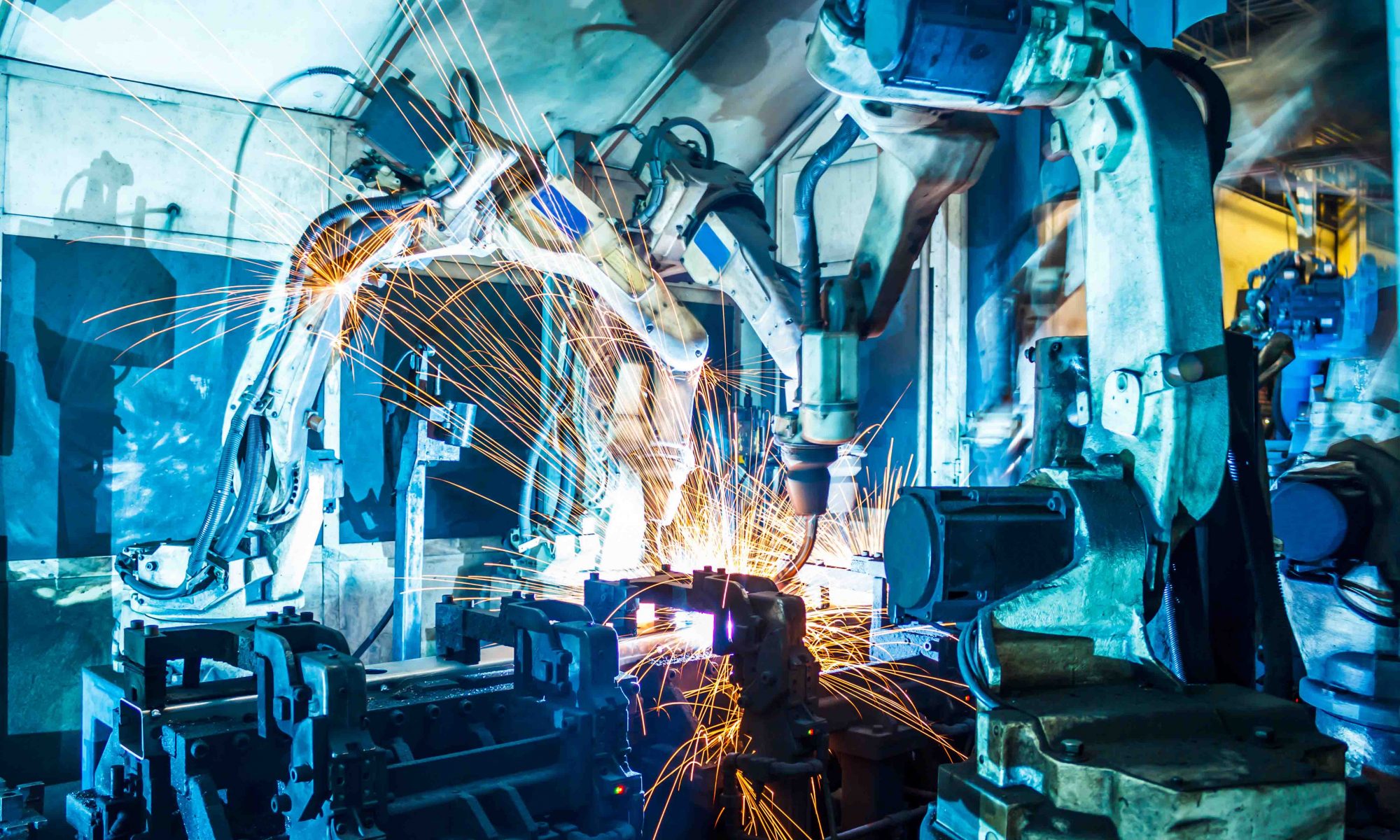BehrTech Blog
Unleash Business Insights & Opportunities with IoT Data Analytics
An Interview with Losant
The success of IoT hinges on the ability to not only aggregate massive amounts of data but also process and translate it into actionable information that can help tackle real business problems. The latter is exactly what an IoT application enablement platform has to offer. Such a platform provides users with a tool to swiftly deploy an IoT application and draw insights from their data from the ground up without requiring years-long expertise. This week, Nugeen Aftab from Losant joins us to discuss the importance of IoT data analytics and how an application enablement platform can help enterprises realize the value of their data.
1. Tell us about Losant. How do you position yourself in the IoT space? Who are your customers?
Losant is an IoT application enablement platform that provides enterprises with a complete toolset to create their own IoT applications. Losant itself is a horizontal platform, but we work primarily with companies in the industrial sector, with telecommunications providers, and with companies looking to implement smart space initiatives.
2. What’s the role of data analytics in IoT?
One of the biggest benefits of using IoT in a solution is that it enables companies to analyze and react to information from their environment. Creating a copy of the physical world doesn’t do any good if we can’t derive insights from it to then act on them. Companies implementing IoT solutions into their companies or product lines should look to analyze the data coming through for maximum output. Losant specifically helps customers react to data in real-time. Our strengths lie in real-time stream processing, but we also have historical data processing capabilities available to our customers through our integration with Jupyter notebooks. Losant has written extensively about this topic. We released a guide last year that covers the value that IoT data has. You can access it here.
3. How does an application enablement platform differ from existing enterprise systems? What is the interplay between these two?
Existing enterprise systems are meant to solve challenges within one function of an organization. A CRM system is used to help keep sales and marketing efforts organized. An ERP system is used as the backbone for the financial management of a company. An application enablement platform can touch many different functions within a company and can be used to solve a plethora of challenges. Our tools can be used to power operations or supply chain applications or can be the backbone for customer-facing, revenue-generating applications. Today, Losant has multiple integrations already in place with existing enterprise systems so that customers can send to or receive data from Losant into their existing ecosystem.
4. What do you think are the top use cases of an IoT application enablement platform for businesses? How does it help businesses monetize their data?
The tricky part about finding a top use case for IoT is that IoT is a technology, not an industry. Thus, it can be used in a variety of applications. When customers are implementing IoT in their companies, they could be looking at one of three reasons: to increase revenue through new or improved offerings; to decrease costs throughout their operations, or to mitigate risk for customers or employees. With everything going on in the world today, during the COVID pandemic, companies are putting more emphasis on automating their processes and reducing human elements in the process. For many companies, the way to do that is through IoT.
IoT can help businesses to monetize their data, that’s for sure. For instance, Losant works with quite a few companies that are pulling telemetry data on machinery they sell to their customers. This data helps the companies provide better service, which makes happier customers. This data, however, can also be packaged up into an application that is then sold as a service to customers, giving customers the ability to view and react to data and controls themselves.
5. What are the key industrial/technical requirements for an IoT implementation?
This can vary significantly depending on the project. When looking at an IoT implementation as a whole, there are three core components that need to be addressed in any project: hardware, connectivity, and software. Losant provides the software piece of the stack through our public cloud offering or through other types of deployments, but having some knowledge around hardware and connectivity is beneficial in order to make the best choices when it comes to sensors/gateways and connectivity platforms. When it comes to working within Losant, there aren’t any specific skill requirements, but it certainly helps to have a basic understanding of web development. Software engineers and software architects use Losant daily, but Losant is a low-to-no-code development platform so anyone can start to build applications.
6. How do you see the role of wireless technologies like LPWAN/ MYTHINGS impacting IoT data analytics?
Having LPWAN technology opens up a plethora of opportunities that weren’t available before. Over the last couple of years, LPWAN has become a more prominent technology in IoT use cases, especially, as we’ve seen, in industrial and smart space use cases. We chose to partner with MYTHINGS because of the flexibility that the hardware-agnostic BehrTech platform provides—this aligns very closely with the agnostic and scalable nature of our platform as well.
7. How will Losant and BehrTech work together to benefit industrial and commercial users?
Customers utilizing both of our technologies should expect an efficient and easy process in building productio-level applications. Getting data from the MYTHINGS base stations into Losant has been proven to be easy and scalable. With our partnership, customers should feel like there is one less step and one less area for complications in the tedious process of creating an end-to-end IoT solution!

Nugeen Aftab
Nugeen is the Partnerships Growth Manager at Losant, building a partnership ecosystem that helps Losant provide customers with the best that IoT and application enablement have to offer. Throughout all of her work experiences, Nugeen’s passion is using technology for positive innovation, which is how she first got involved in the IoT industry. When she’s not travelling for work, she’s travelling for pleasure and trying every new cuisine she can.














![[E-book/> Wireless Connectivity for Massive Scale IoT Deployments” ]</a><figcaption hidden= IoT Networking](|!|vcvUploadUrl|!|/2020/10/Wireless-eBook-03-791x1024.jpg)




